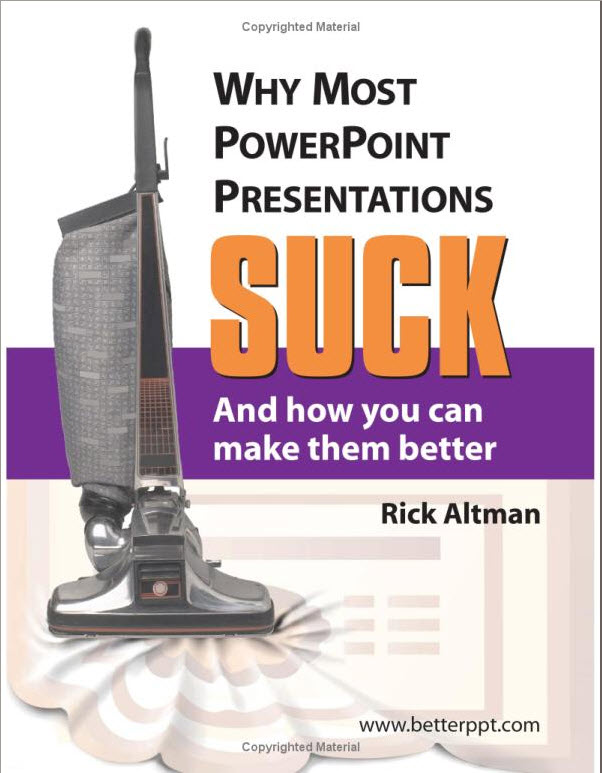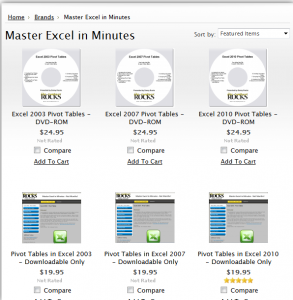I frequently have to create customized PowerPoint presentations, tailored to meet the needs of each audience. Sometimes, the customization means that I only have 1/2 of my normal time to present. Other customizations require that I not disclose certain financial information with a particular audience.
I’m sure that you have had similar challenges. However, don’t go the “File, Save as…” route to create multiple copies of your Master Presentation. And… don’t risk showing “hidden” slides to the wrong audience!
Rather, learn to create multiple Custom Shows within one PowerPoint file. With custom shows prepared, you will always be prepared when your organizer asks you to “cut 15 minutes” from your presentation at the last minute!
Here are the steps to follow in this video lesson:
- Choose “Slide Show, Custom Shows, New.” Then type in a name for your custom show.
- Select the slides (and the order of your slides) for your custom show. You can also Remove slides from your custom show. Click OK and Close.
- When it is time to run your Custom Show, select “Slide Show, Custom Shows, (Highlight the custom show) and Show.”


